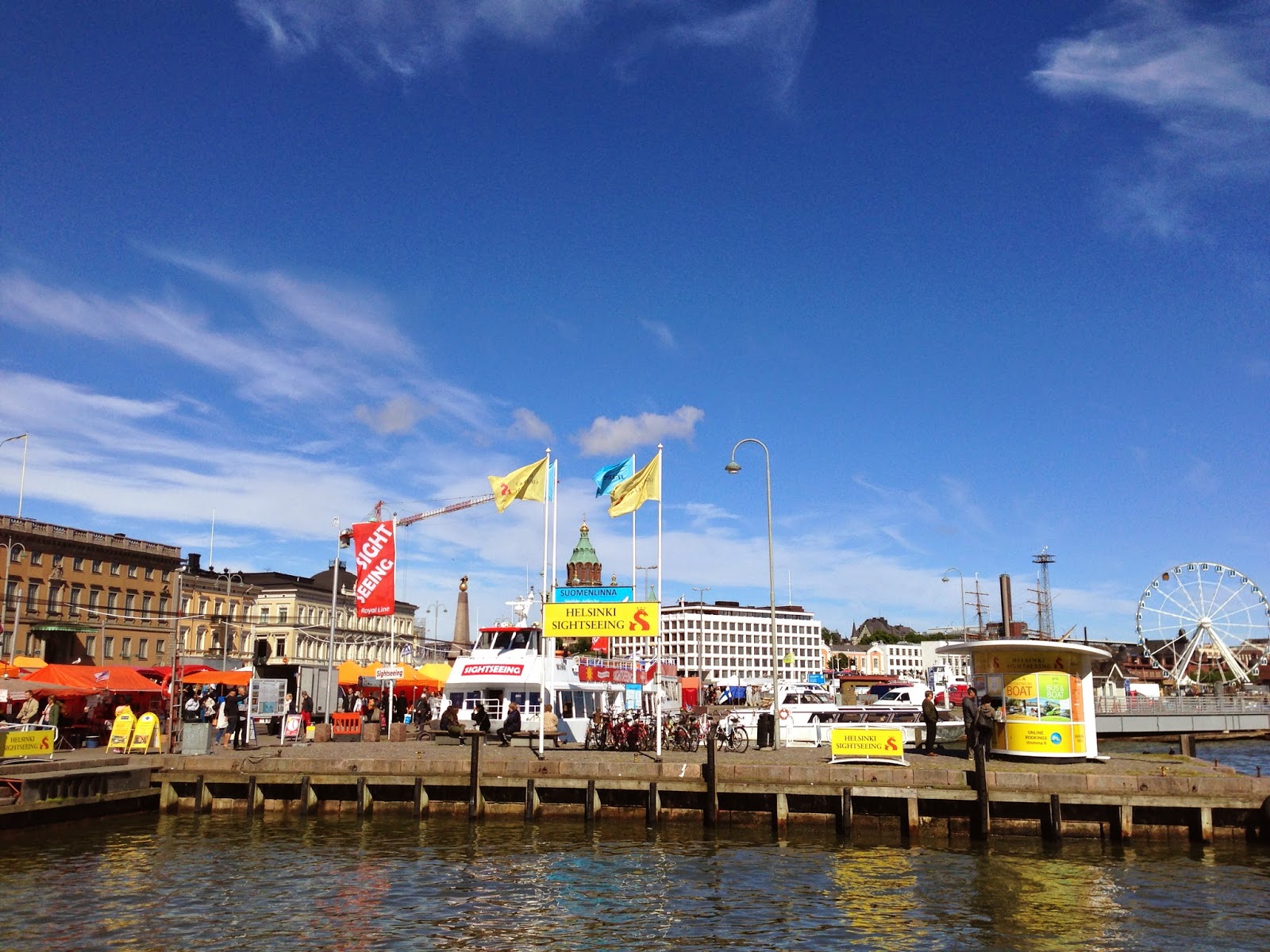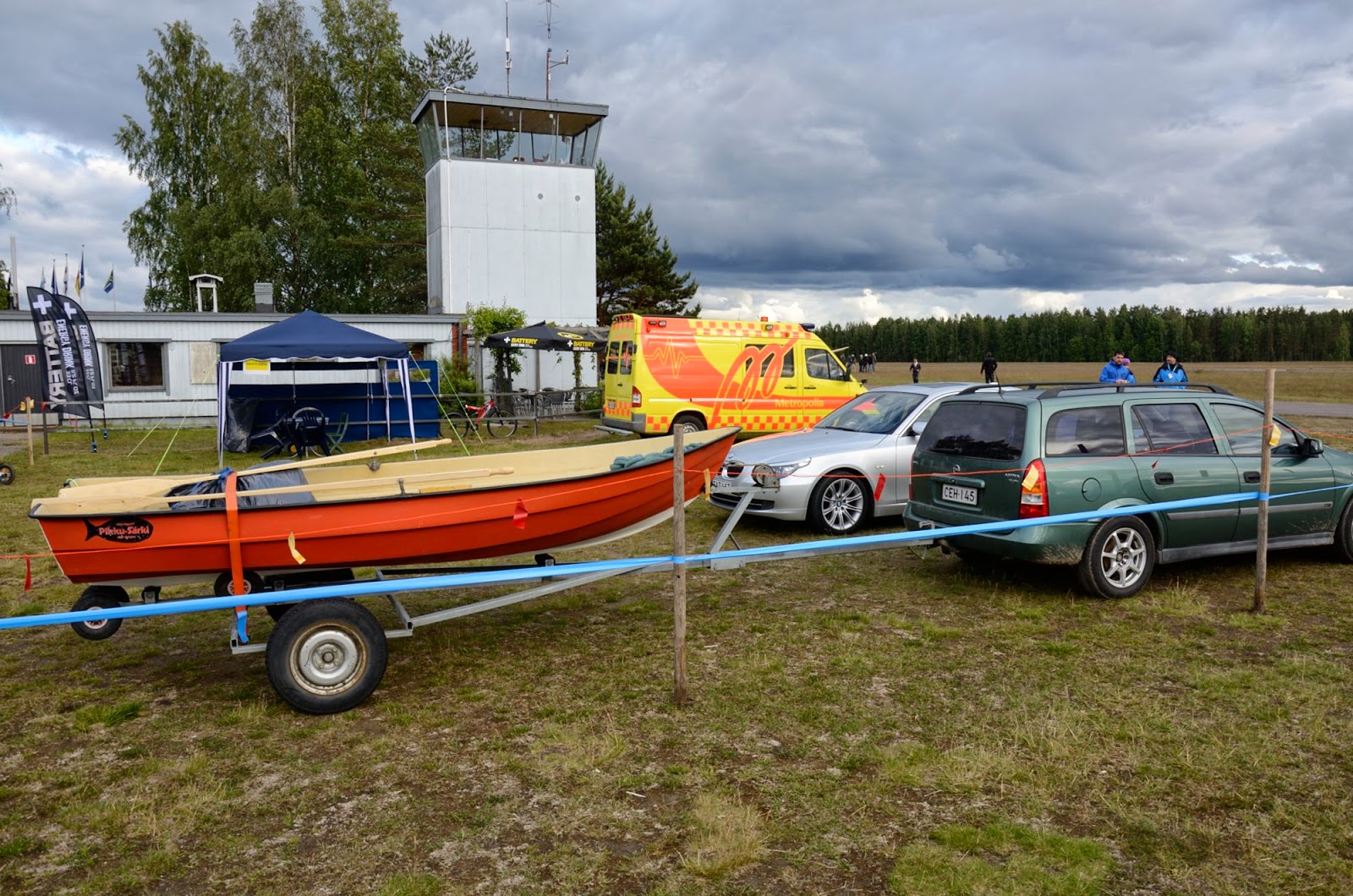WGC2014 – Räyskälä, Finland
30 June (no-contest
day)
by John Good
It’s time for a look at the gliders competing here. The Club class is intended to provide
competition for single-place aircraft found in the hangars of glider clubs
throughout Europe. That tends to mean
gliders that were being produced 20 to 40 years ago. This class is handicapped based on glider
performance, and there seems to be some preference for gliders at the
lower-performance end of the handicap range (on the basis that if you can stay
with a competitor flying a higher-performance glider, your handicap yields a
better score).
It’s interesting to note the considerable overlap between gliders
of the Club class of 2014 and the Standard class of 1976: Cirrus, Libelle,
LS-1, Std Jantar and Hornet are models found in both competitions. A big difference is the large number of
PIK-20s found in 1976 – none is competing here (in the home country of this
model). The reasons aren’t entirely
clear, though the fact that this is an “orphan” model is no doubt important:
the factory is out of business and spares are somewhere between hard and impossible
to get. So you can buy one cheaply, but maintaining it may be formidable.
In 2014, the Standard class (which basically means 15-meter
span, no flaps) is dominated by just two models: Discus 2 and LS-8 (both of
which designs are around 20 years old). Very few new gliders for this class have been
sold in recent years, and it appears that no glider factory has plans for a new
model. Indeed, there is considerable feeling that the class may be withering
away (despite good participation here).
Glider manufacturers are devoting their single-seat attention to the
18-Meter class, where sales seem brisk despite rather shockingly high prices.
The 20-Meter Multiplace class is new – indeed, this is the
first world championship for this class. Its presence here can be attributed to
the huge success of Schempp-Hirth’s DuoDiscus, a 20-meter 2-seater of which
more than 600 have been sold. In view of
this model’s popularity, it was fairly easy to convince the IGC (international
gliding commission) that a world championship for this class would make sense
and attract many entries. But if you
look at the scoresheet, you find it’s dominated by the Arcus, which can be
thought of as an improved DuoDiscus (with flaps, and a substantially higher
price tag). There was discussion of applying handicaps to this class, which
could have made the many Duos competitive; but t
The only truly new glider here is ”32”: Schleicher’s
ASG-32, a flapped competitor to
the Arcus. This is the first one
produced, and it’s notable that the Schleicher factory was able to have it
ready in time for this contest. It was
produced with a motor, but (like some of the motorized Arcus here) this was
removed in order to meet the maximum weight requirement (750 kg / 1658
lbs). The ’32 looks very well made (as
indeed Schleicher gliders always do) and sports an interesting
retractable/steerable tailwheel. The
early view seems to be that it climbs and glides about like an Arcus.
A further item from The
Groundloop (WGC1976 contest bulletin):
On the third day of that contest a plane “landed through the foggy” to
deliver a distinguished guest at Räyskälä: it was William Conrad, a well-known
actor prominent at the time for his role in the TV series Cannon. The story notes that
he had recently taken up gliding but was an experienced pilot, having flown
fighters (including the P-51) during WW2, while based in the “Illusion Islands”
(presumably a chain of islands that appears to be – but in fact is not –
southwest of Alaska).
(I did some research on William Conrad and discovered that
he did the narration for the Rocky and
Bullwinkle cartoon series. And it occurred to me that “Illusion Islands” is
just the sort of thing the writers of that show would have used.)






















































